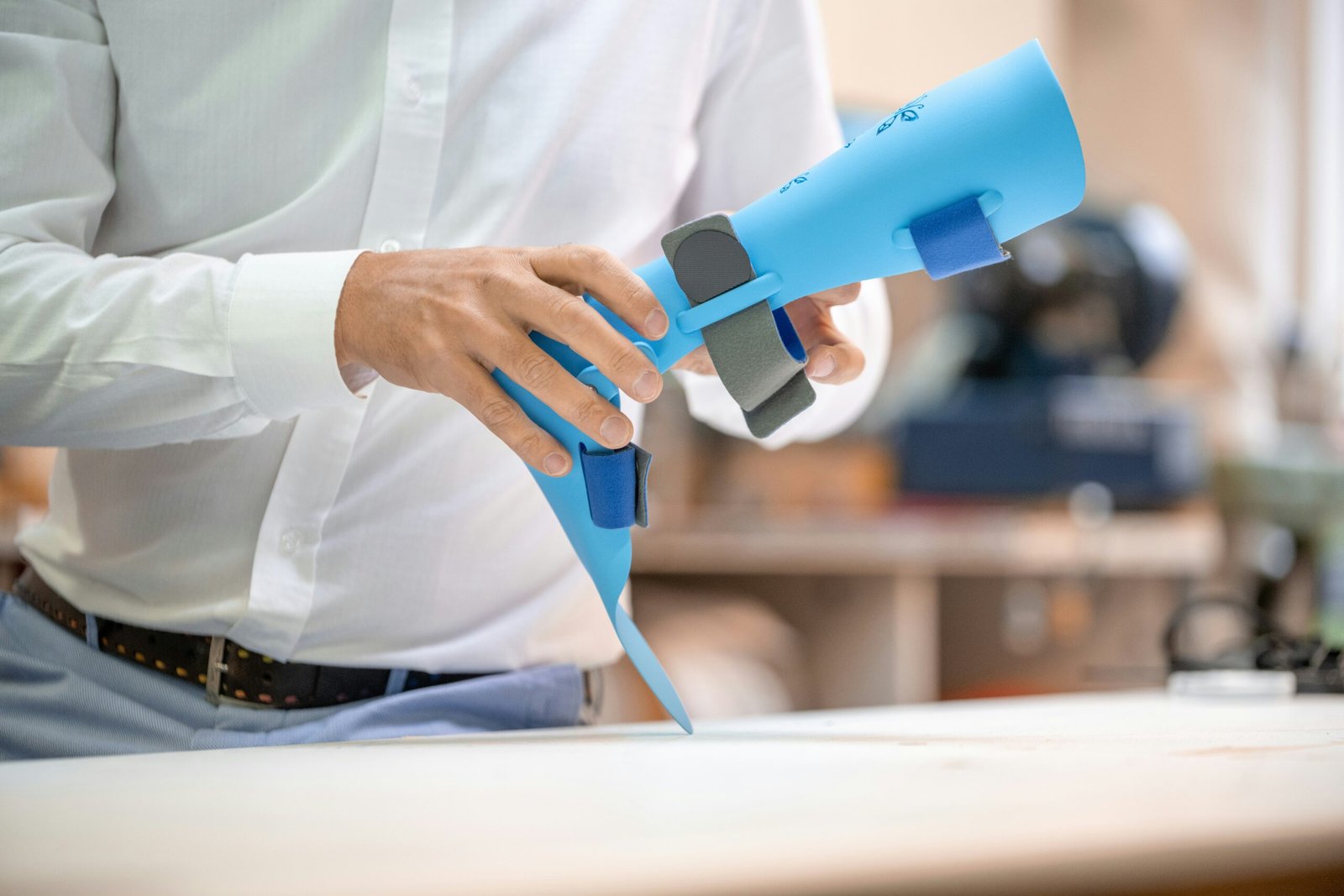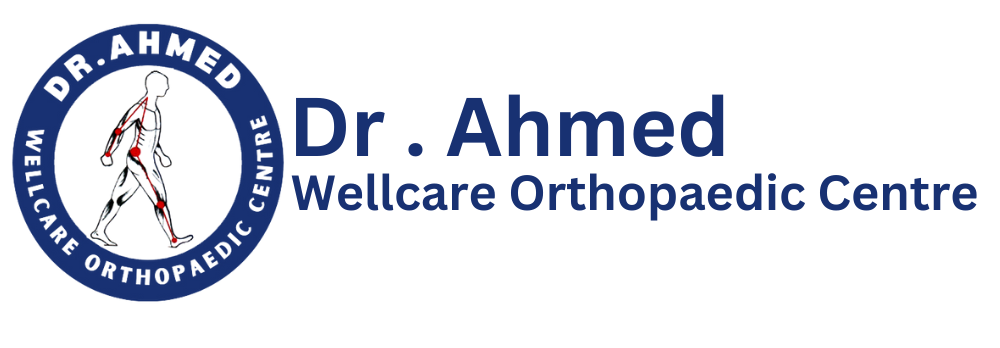Developments in Orthopedic Know-how
Orthopedic know-how has seen vital developments in recent times, revolutionizing the way in which orthopedic circumstances are recognized and handled. These developments haven’t solely improved affected person outcomes however have additionally enhanced the general effectivity of orthopedic procedures. Listed here are the ten newest traits in orthopedic know-how which are shaping the way forward for orthopedic care:
1. 3D Printing in Orthopedics
Probably the most groundbreaking traits in orthopedic know-how is using 3D printing. This know-how permits for the creation of personalized implants, prosthetics, and surgical instruments tailor-made to the particular wants of every affected person. 3D printing has considerably improved the accuracy and success charges of orthopedic surgical procedures, main to higher purposeful outcomes for sufferers.
2. Robotics-Assisted Surgical procedure
Robotics-assisted surgical procedure has gained traction in orthopedics, providing unparalleled precision and management to orthopedic surgeons. With the assistance of robotic techniques, surgeons can carry out advanced procedures with enhanced accuracy, leading to diminished issues and quicker restoration occasions for sufferers. This know-how is especially helpful in joint substitute surgical procedures and spinal procedures.
3. Augmented Actuality (AR) in Orthopedics
Augmented actuality has discovered its approach into orthopedic surgical procedure, offering surgeons with real-time, interactive steering throughout procedures. AR know-how permits surgeons to visualise the affected person’s anatomy in 3D, overlaying digital info onto the surgical area. This assists in exact implant placement and alignment, finally bettering the general success of orthopedic surgical procedures.
4. Wearable Orthopedic Units
The event of wearable orthopedic gadgets has remodeled the way in which orthopedic circumstances are managed. From good braces and exoskeletons to exercise trackers and distant monitoring gadgets, wearable know-how presents steady assist and real-time information monitoring for sufferers with orthopedic points. These gadgets promote rehabilitation, improve mobility, and supply precious insights for healthcare suppliers.
5. Minimally Invasive Orthopedic Procedures
Developments in minimally invasive strategies have revolutionized orthopedic procedures, permitting for smaller incisions, diminished tissue injury, and quicker restoration for sufferers. Minimally invasive approaches are actually extensively adopted in numerous orthopedic surgical procedures, together with arthroscopy, backbone surgical procedure, and fracture fixation. These strategies reduce trauma and post-operative discomfort, resulting in improved affected person satisfaction.
6. Biologics and Regenerative Drugs
Biologics and regenerative drugs have emerged as promising therapy modalities in orthopedics. From stem cell remedy and platelet-rich plasma (PRP) injections to tissue engineering and development components, these modern approaches goal to advertise tissue restore and regeneration. Biologic remedies supply potential advantages for circumstances comparable to osteoarthritis, tendon accidents, and cartilage defects, offering new avenues for orthopedic care.
7. Synthetic Intelligence (AI) in Orthopedics
Synthetic intelligence has considerably impacted orthopedic diagnostics and therapy planning. AI algorithms analyze medical photos, comparable to X-rays and MRI scans, to help within the early detection of musculoskeletal circumstances and the planning of personalised therapy methods. AI-powered techniques assist orthopedic specialists make knowledgeable choices, resulting in extra correct diagnoses and optimized therapy outcomes.
8. Telemedicine for Orthopedic Consultations
The combination of telemedicine has facilitated distant orthopedic consultations, permitting sufferers to attach with orthopedic specialists from the consolation of their houses. Telemedicine platforms allow digital appointments, distant monitoring of post-operative progress, and entry to knowledgeable orthopedic care no matter geographical obstacles. This development has change into significantly vital in bettering affected person entry to orthopedic companies.
9. Sensible Implants and Prosthetics
The event of good implants and prosthetics has launched superior functionalities to boost affected person expertise and outcomes. These modern gadgets are outfitted with sensors, connectivity options, and monitoring capabilities, permitting for real-time suggestions on implant efficiency and affected person exercise. Sensible implants and prosthetics contribute to improved performance, consolation, and long-term reliability for orthopedic sufferers.
10. Customized Orthopedic Care
Customized drugs has prolonged to the sphere of orthopedics, resulting in tailor-made therapy approaches primarily based on particular person affected person traits. From genetic profiling and biomechanical assessments to patient-specific implants and rehabilitation plans, personalised orthopedic care goals to optimize therapy outcomes and affected person satisfaction. This development displays a shift in direction of precision drugs in orthopedics, making certain that every affected person receives essentially the most appropriate and efficient interventions.
These 10 traits symbolize the cutting-edge developments in orthopedic know-how, providing new prospects for improved affected person care, enhanced surgical precision, and superior therapy modalities. As orthopedic know-how continues to evolve, it holds the potential to additional rework the panorama of orthopedic follow, finally benefiting sufferers and healthcare suppliers alike.










Saheb
October 5, 2024Very Good